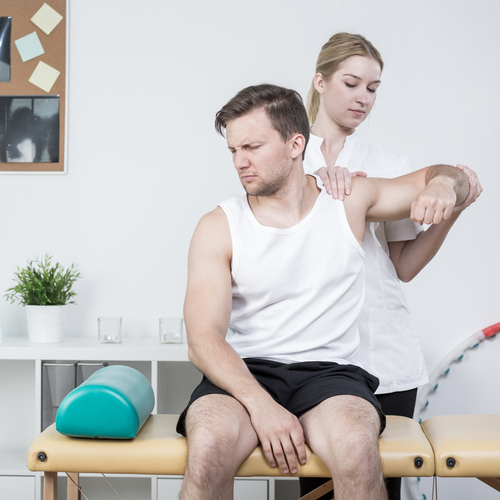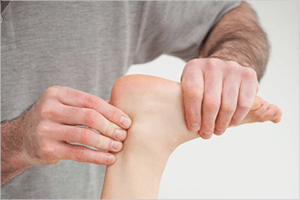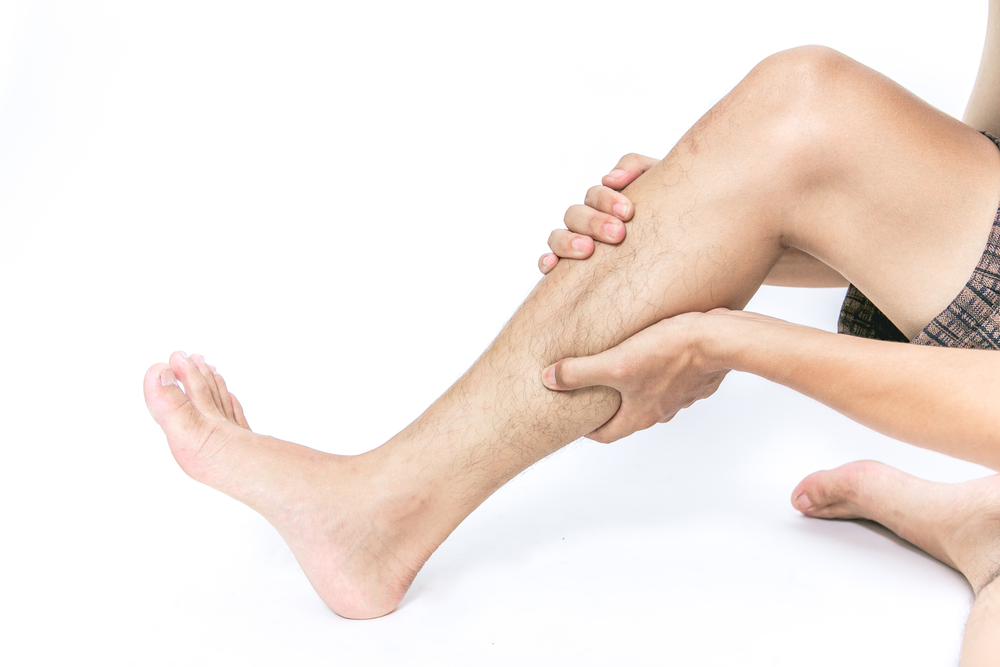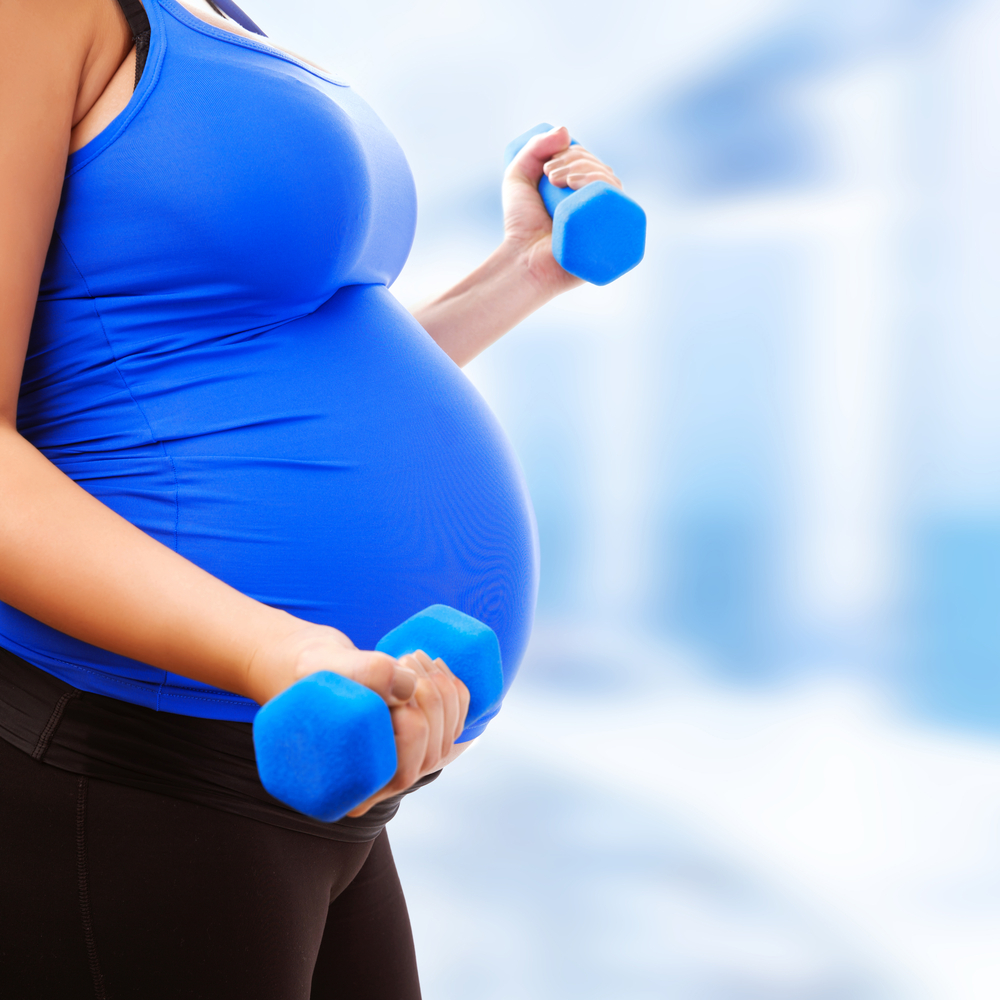Shoulder impingement – what is this and why does it occur?
 Common terms for shoulder impingement syndrome are “subacromial impingement”, “painful arc syndrome”, or “swimmers shoulder”. This is a clinical syndrome where the tendons of the rotator cuff muscles are compressed during shoulder movements, causing the tendons to become irritated and inflamed as they pass through the subacromial space. This results in pain, weakness, and loss of movement and function at the shoulder.
Common terms for shoulder impingement syndrome are “subacromial impingement”, “painful arc syndrome”, or “swimmers shoulder”. This is a clinical syndrome where the tendons of the rotator cuff muscles are compressed during shoulder movements, causing the tendons to become irritated and inflamed as they pass through the subacromial space. This results in pain, weakness, and loss of movement and function at the shoulder.
The subacromial space is the gap between the anterior edge of the acromion and the head of the humerus, through which the supraspinatus tendon passes and the subacromial bursa lies. Read more




